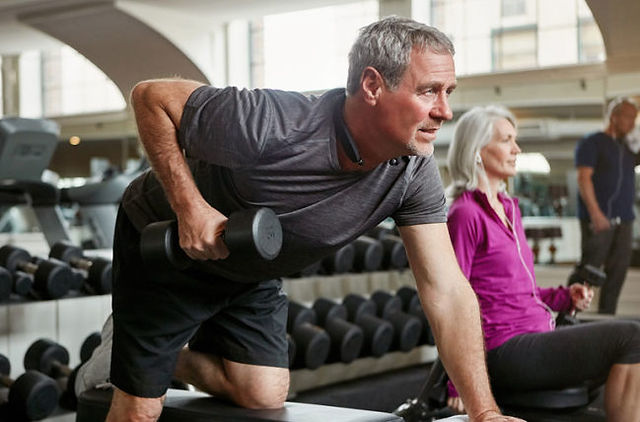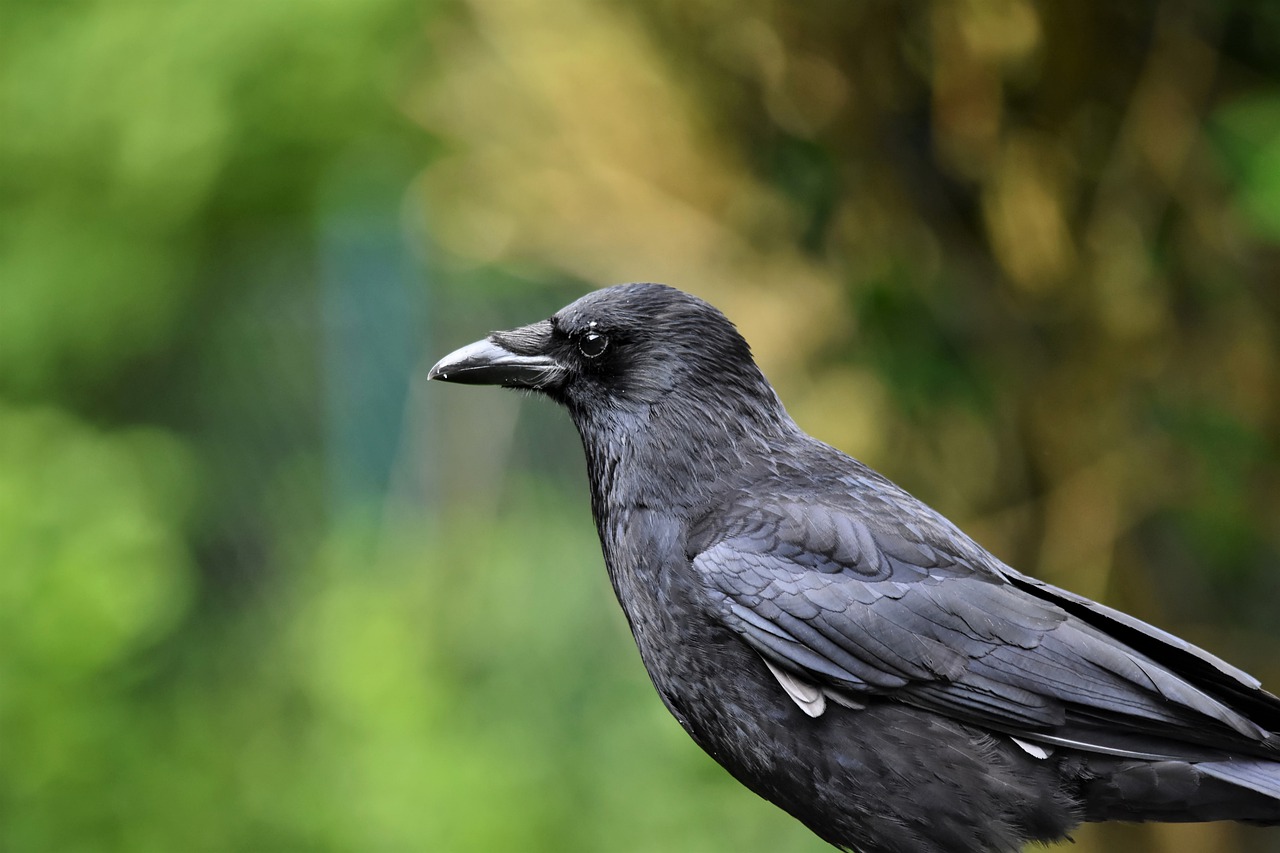When it comes to uncovering the mysteries of aging, scientists are making groundbreaking advances, and one recent study has illuminated a fascinating aspect of how our bodies change as we grow older. This research, which delves deep into the world of lipidomics, has identified a particular lipid molecule known as BMP (Bis(monoacylglycero)phosphate) as a significant sign of biological aging.
BMP is not just another molecule in the complex web of our biology; it plays a pivotal role in the aging process, marking its passage through our cells and tissues. What’s even more intriguing is that the accumulation of BMP, indicative of the aging process, may not be as irreversible as once thought. Through simple exercises, we may have found a key to unlocking the door to what could be a modern-day Fountain of Youth.
Humans intrigued by aging, seeking to unravel mysteries and reverse effects
In this pursuit, the study of lipidomics offers a unique window into the cellular changes that accompany aging. The research in question specifically focuses on the lipidomic profiles across different tissues and how these profiles alter with age. Through comprehensive analyses involving mice and human muscle tissues, scientists have managed to pinpoint BMP as a crucial lipid that accumulates over time, signaling the biological aging process.
However, the study doesn’t stop at merely identifying this biomarker of aging. It goes a step further to explore how this aging signal can be mitigated or even reversed. The key lies in regular physical activity. Exercise, a simple yet powerful intervention, has shown remarkable effects on the muscle lipidome, particularly in how it influences BMP levels. It’s a revelation that has profound implications for our understanding of aging and how we might combat it.
What makes BMP so central to the aging dialogue
Lipids, including BMP, are fundamental to the structure and function of our cells. They play diverse roles, from energy storage and cell signaling to forming the very fabric of our cell membranes. As we age, the composition and function of these lipids can change, leading to cellular and metabolic disruptions. The accumulation of BMP serves as a hallmark of these changes, signifying not just the passage of time but a shift in the cellular landscape that could underpin many aging-related declines in health and function.
Drawing on the extensive data and analyses provided in the study, including the lipidomics data from mouse ten-tissue aging lipidomes and human muscle tissues, the researchers have meticulously charted the course of BMP’s accumulation and its implications for aging. The lipidomics data, detailed in the Supplementary Tables accompanying the article, lay out a comprehensive picture of how aging impacts our lipidome, with BMP at the forefront of these changes.
In this context, exercise emerges as a formidable countermeasure against the tide of aging. The study’s findings suggest that through consistent physical activity, we can influence our body’s lipid composition, specifically reducing the buildup of aging indicators like BMP. The exercise intervention muscle lipidome data, captured in Supplementary Table 6, underscores the transformative potential of physical activity on our biological age markers. It’s a narrative that turns the age-old quest for youth on its head, proposing a tangible, accessible means of dialing back the biological clock.
The implications of these findings stretch far and wide. They offer a beacon of hope for those looking to maintain vitality and health well into their later years. Furthermore, they underscore the broader significance of lipidomics in understanding aging—a field that could hold the keys to not only extending lifespan but enhancing the quality of life as we age.
As we delve further into the role of BMP in aging and the remarkable reversibility of its accumulation through exercise, it’s clear we’re on the cusp of a new era in aging research. This study not only expands our understanding of the biological underpinnings of aging but also empowers us with knowledge that could lead to more proactive, effective approaches to aging.
Embarking on a journey to understand the transformative power of exercise on aging, it’s essential to consider how simple physical activities can turn the tides against the biological clock marked by BMP accumulation. The essence of this revelation lies not in overly strenuous exercises but in consistent, moderate physical activity that can wield a significant impact on our biological age indicators. This part of the study sheds light on a pathway to not just a longer life, but a healthier, more vibrant existence as we age.

Exercise affects muscle lipidome, particularly BMP levels
The notion that regular physical activity could influence the lipid composition of our bodies is both exciting and empowering. It suggests that our lifestyle choices play a crucial role in dictating the pace at which we age, at least at the cellular level. The exercise intervention muscle lipidome data, particularly noted in Supplementary Table 6, provides compelling evidence of this effect, showcasing how consistent exercise can lead to reductions in BMP accumulation.
What does this mean for us, practically speaking? It signifies that incorporating regular exercise into our daily lives could serve as a vital strategy in mitigating the aging process, at least from a biological standpoint. The beauty of this finding is its accessibility; exercise is a relatively simple, cost-effective intervention that doesn’t necessarily require extensive resources or equipment. From brisk walking to cycling, swimming, or even engaging in regular household chores with vigor, the key is consistency and ensuring that our bodies are in motion.
Beyond the immediate impact on BMP levels and the aging lipidome, exercise boasts a plethora of other health benefits that collectively contribute to healthier aging. It improves cardiovascular health, strengthens bones and muscles, boosts mental health, and enhances metabolic functions, among others. These benefits, in turn, support the overall goal of not just adding years to life but ensuring those years are lived in good health.
Furthermore, the study’s findings underscore the broader implications of regular exercise on aging and health. It opens new avenues for research into how physical activity can influence other aspects of our biology and aging process. This knowledge enriches our understanding of aging and offers a more holistic view of how we can approach longevity and well-being.
The transformative power of exercise on aging, particularly in reversing the accumulation of BMP, is a testament to the incredible adaptability and resilience of the human body. It reinforces the idea that aging is not a fixed, unalterable process but one that can be influenced by our actions and choices. As we move forward, embracing regular physical activity as a cornerstone of a healthy lifestyle will be pivotal in our collective quest to age gracefully and healthfully. This study not only contributes to our growing understanding of the biological aspects of aging but also empowers us with practical knowledge to take control of our aging process.
Related posts:
A conserved complex lipid signature marks human muscle aging and responds to short-term exercise
Exercise may reverse sign of aging by ‘flushing’ fat from muscle
Can exercise reverse muscle aging? Yes, and this is how





